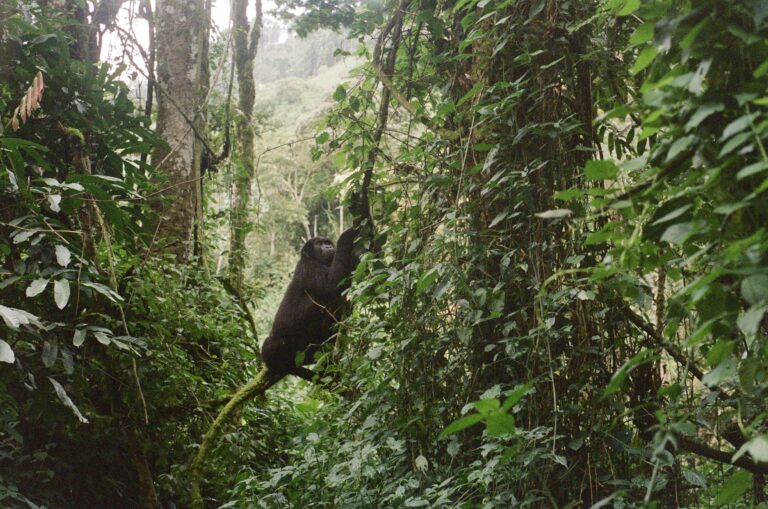By Alexandra Hankins, Safari Operations Specialist for The Wild Source
In April, I was given the incredible opportunity to travel to Africa for the very first time, spending a total of twelve days soaking in the magic that is the Pearl of Africa – Uganda. Over the course of two unforgettable weeks, we spent nearly forty hours driving through diverse landscapes, exploring Uganda’s most iconic national parks and wildlife reserves along the way.
The scenery left me breathless at every turn, with its abundance of waterways (which includes part of Lake Victoria, the largest lake in Africa and the second largest freshwater lake in the world), rolling mountain ranges, and lush valleys filled with endless shades of green.

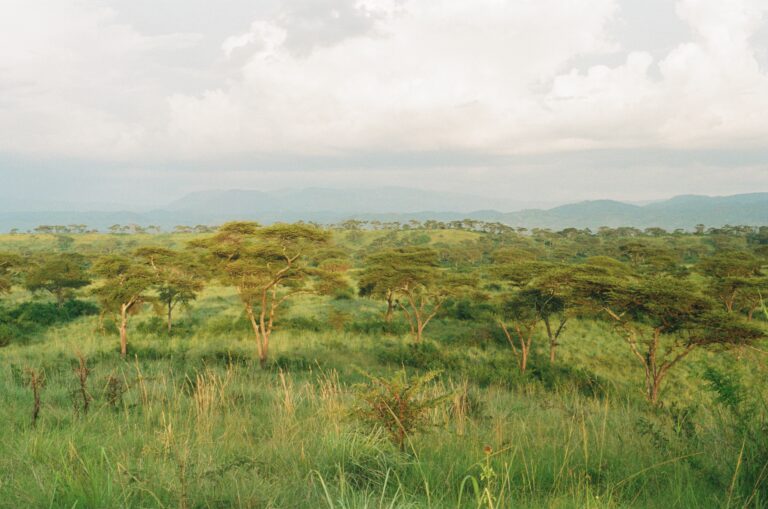
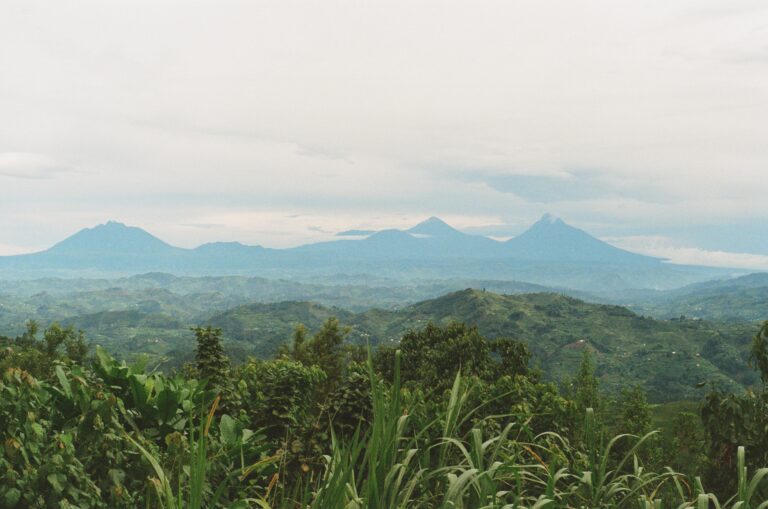
Our first stop was Kidepo Valley, Uganda’s most remote and least explored national park. Located in the valleys of Karamoja, bordering South Sudan to the northwest and Kenya to the east, Kidepo is widely referred to as one of Africa’s most spectacular and untouched wilderness regions. I was stunned to see the variety of wildlife upon arriving at camp. Some of which included elephants, buffalo, warthogs, zebras, Rothschild giraffes, and countless types of antelope species, to name a few.
The valley is also home to the Karamojong, an indigenous tribal community known for their warrior heritage. We had the privilege of visiting Lorukul village, where we spent an afternoon with a local community member who guided us through the village and shared the complex history of the Karamojong people. Through stories and conversation, we were offered a meaningful glimpse into their daily life and rich cultural traditions. The children, with their wide-eyed curiosity and quiet innocence, left a lasting impression on me.
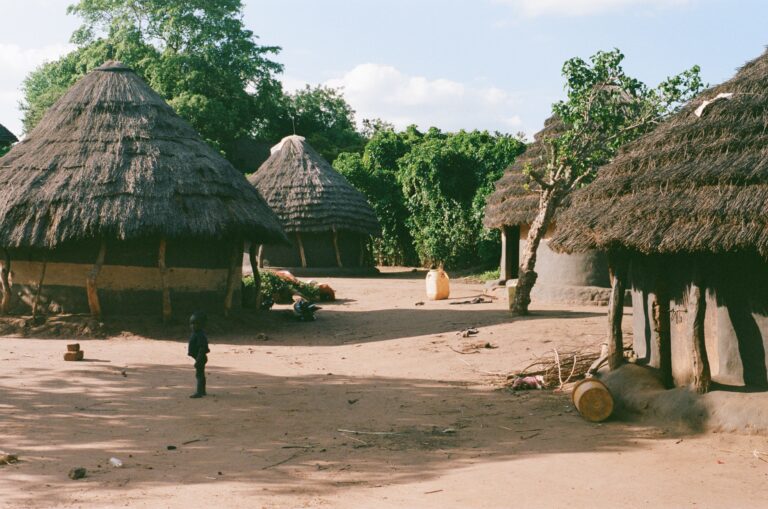
Our next stop was Murchison Falls, Uganda’s oldest and largest conservation area and the country’s very first national park. This is also where you can revel in the beauty that is the mighty Nile River. Here, I witnessed my first lion sighting (four juveniles!). And just before we left, the rest of the pride emerged: sixteen in total, including four tiny cubs barely two weeks old. Once again, this park was teeming with wildlife. Ungulates were plentiful, and troops of baboons littered the road. Hippos could be seen floating in the river, and hyenas heard cackling with their young during night drives.
During our stay, we were able to do a walking safari where we stumbled upon a tower of giraffes. We were surprised to see them retreat at the sight of us until our guide explained that it was the first time this group had ever encountered humans on foot. After a few attempts at approaching slowly, pausing, and waiting, gradually their curiosity overcame their caution. To our amazement, they began to inch closer, led by the little ones, of course. It was such a special moment and a highlight of the entire experience.
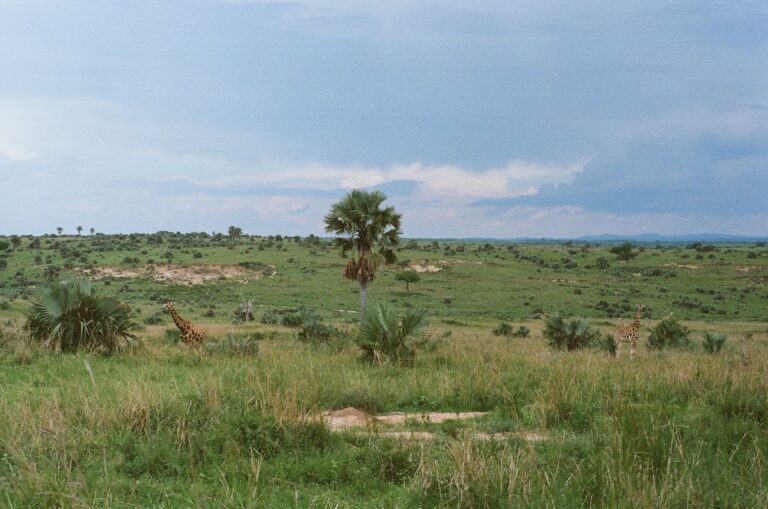
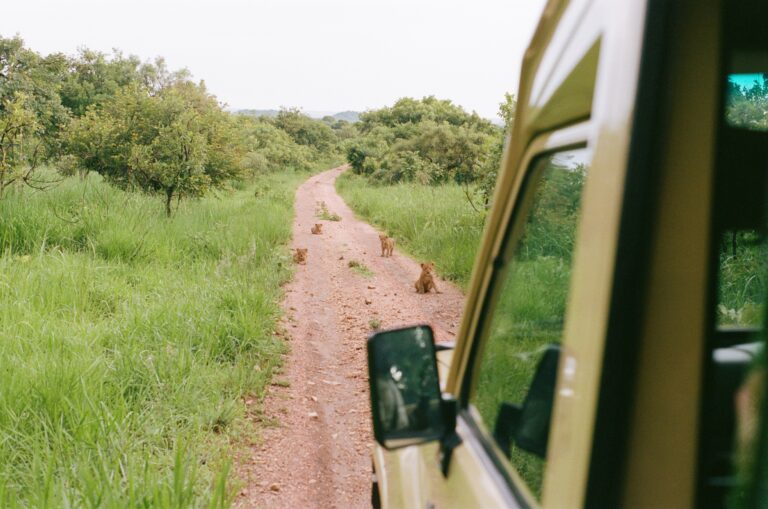
We then arrived at Queen Elizabeth, Uganda’s most popular and biodiverse national park, where a backdrop of the Rwenzori Mountains amid the Kazinga Channel left us in utter awe. At dusk, we watched hippos emerge from the channel to graze on land, only to return to the water by dawn. Meanwhile, massive herds of elephants would make their way to the water during the scorching midday sun, splashing and frolicking together before retreating back to the forest to feed. To watch all of this from the balcony at camp was quite the treat.
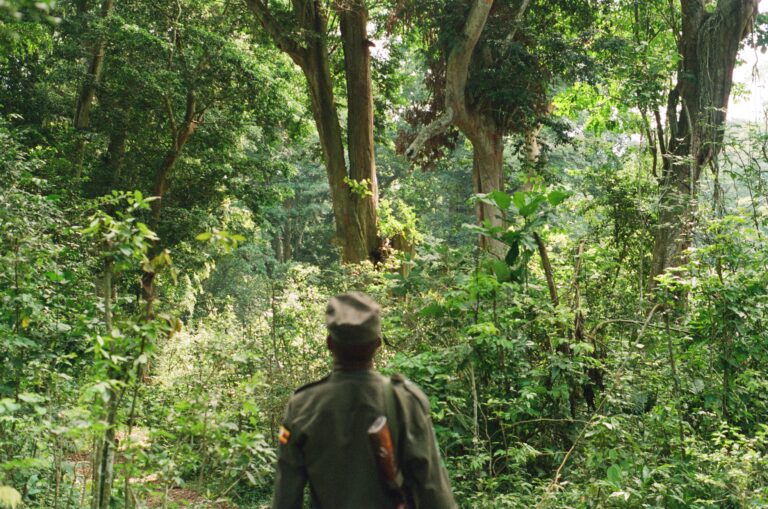
Last and most definitely not least was Bwindi Impenetrable Forest, a UNESCO World Heritage site renowned as one of Africa’s most ancient and biologically diverse rainforests. Home to nearly half of the world’s remaining population of the endangered mountain gorillas, this was a bucket list item for me that left me speechless. Being able to witness such incredible creatures in their natural habitat as they playfully tumbled through the forest is an experience I will surely never forget.
Bwindi is also home to the Batwa people, often called “the keepers of the forest” and one of Africa’s oldest indigenous tribes. They are believed to be among the first inhabitants of the forests and traditionally lived as hunter-gatherers, existing in harmony with their environment and the wildlife residing there. An immersive cultural experience along the Batwa Trail offered us a profound glimpse into the Batwa people’s deep connection to the forest and their traditional ways of living, hunting, and thriving. This was all brought to life through demonstrations and dance performed by displaced community members.
